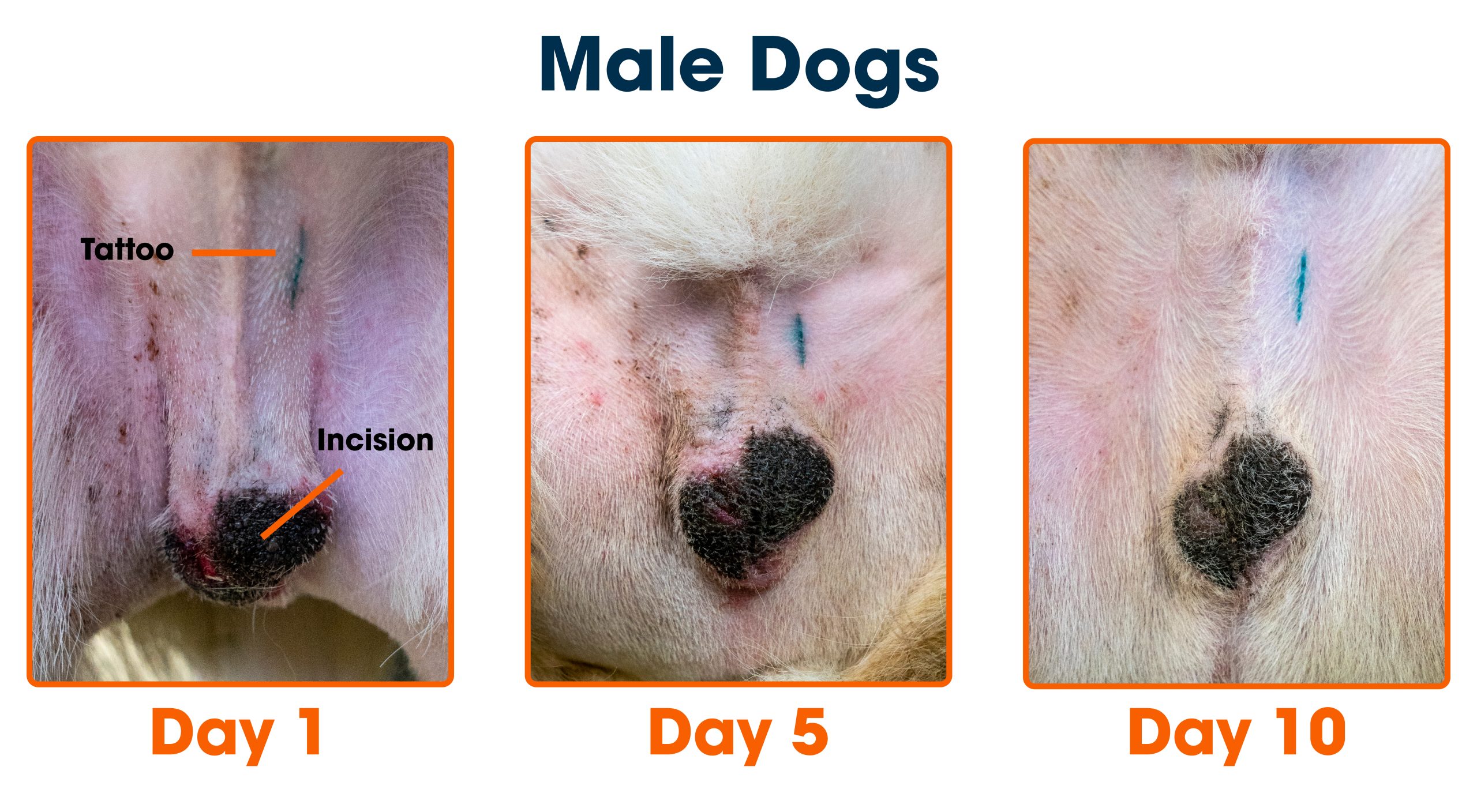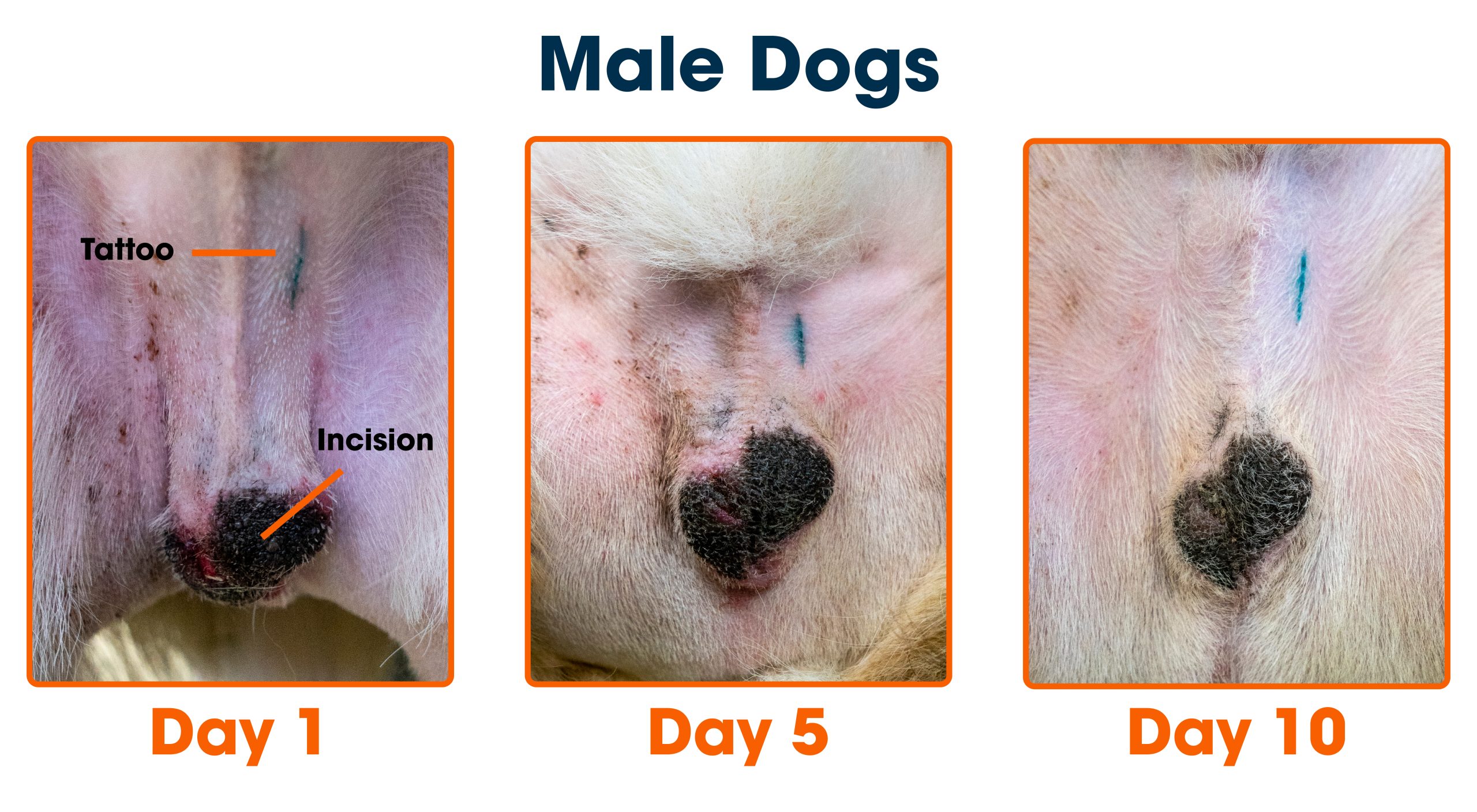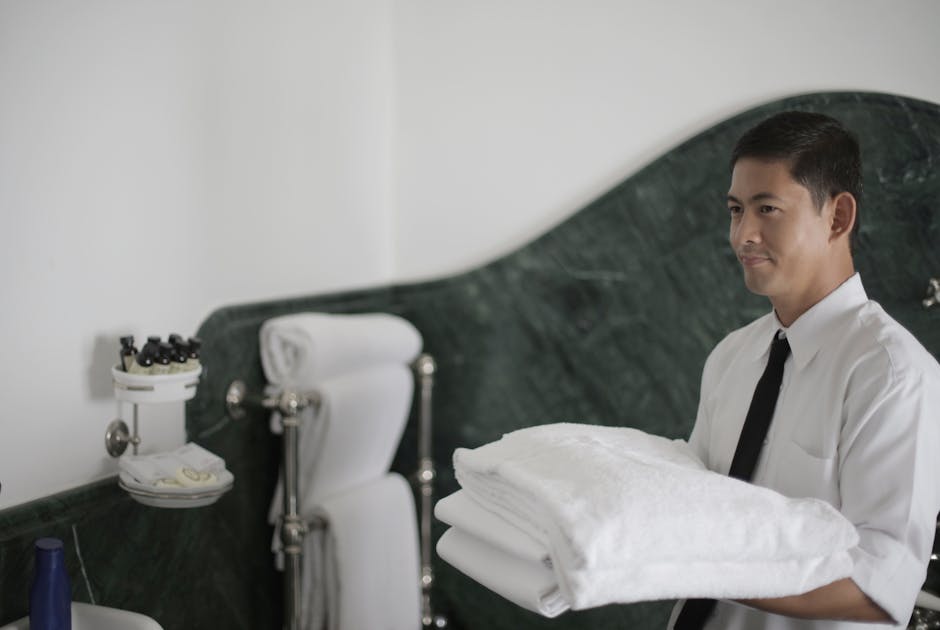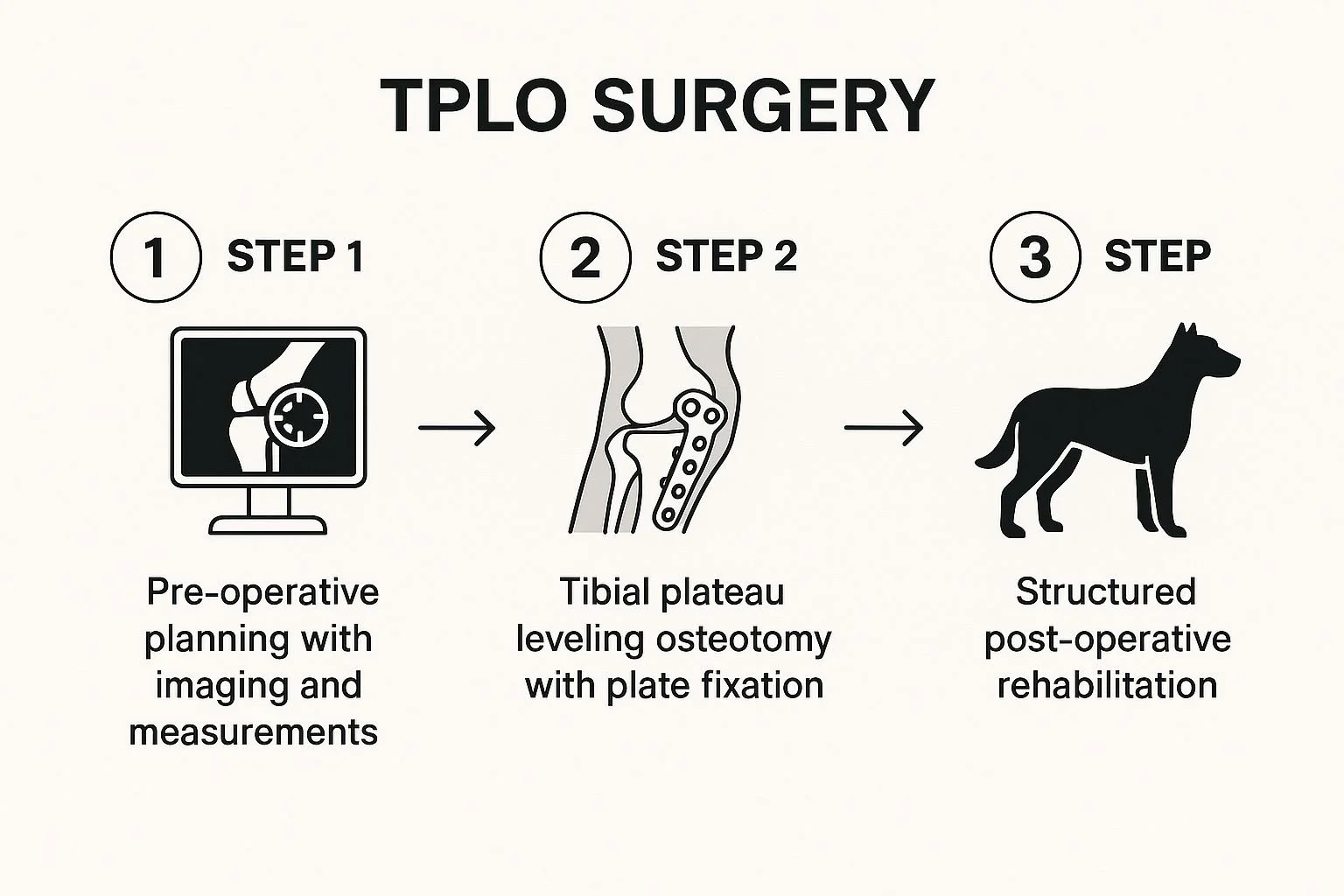Have you ever wondered what happens to guide dogs that don’t complete their training? These dogs are often called “failed” guide dogs, but that doesn’t mean they’ve failed in life.
In fact, they can make wonderful pets and loyal companions. If you’re thinking about adding a new furry friend to your family, adopting a failed guide dog could be a perfect choice. You’ll discover how to adopt these special dogs, what to expect, and how you can give them a loving home they truly deserve.
Keep reading—you might find your next best friend here.

Credit: www.facebook.com
Why Guide Dogs Fail
Guide dogs are trained to help people with vision loss. Despite careful training, some dogs do not succeed. Understanding why guide dogs fail helps us appreciate their journey and the need for adoption. Many dogs have unique reasons for not completing guide dog training. These reasons affect both the dogs and their handlers deeply.
Common Reasons For Failure
- Fear or anxiety in new or noisy places
- Difficulty focusing on tasks due to distractions
- Health problems or physical limitations
- Strong prey drive or chasing instincts
- Incompatibility with the handler’s lifestyle or needs
- Unpredictable behavior or aggression
Emotional Impact On Dogs And Handlers
Failing guide dogs often feel confused or stressed. They may lose confidence after repeated training setbacks. Handlers can feel disappointed or sad too. Both dogs and people form strong bonds during training. Ending this partnership is emotionally hard for everyone involved. Adopting a failed guide dog gives them a second chance at happiness.
Benefits Of Adopting Failed Guide Dogs
Adopting a failed guide dog offers benefits that go beyond just giving a dog a second chance. These dogs may not have met the strict requirements for guide work, but they bring unique qualities and companionship into your life. Understanding these benefits can help you appreciate why adopting a failed guide dog can be a rewarding experience.
Unique Bond And Loyalty
Failed guide dogs often develop a deep bond with their new owners. They have been trained to focus on people and their needs, which makes them exceptionally loyal companions.
Many adopters report that their failed guide dogs show unwavering devotion. This loyalty comes from the dog’s history of working closely with humans, making them attentive and eager to please.
Have you ever noticed how some dogs seem to sense your mood and respond accordingly? Failed guide dogs often excel at this, thanks to their training and experience.
Positive Effects On Mental Health
Adopting a failed guide dog can significantly improve your mental well-being. Caring for a dog that has already been through intense training provides a sense of purpose and routine.
These dogs are usually calm and well-behaved, which helps reduce stress and anxiety. Their presence can bring comfort during difficult times, making you feel less isolated.
Imagine coming home to a dog that understands your need for calm and companionship. This kind of support can boost your mood and encourage you to stay active and engaged.
Where To Find Failed Guide Dogs
Finding a failed guide dog ready for adoption requires knowing where to look. These dogs have gone through intense training but didn’t quite make it to working as guide dogs. Yet, they still have so much love and potential to offer.
Knowing the right places to find these dogs increases your chances of giving a loyal companion a new home. Where exactly should you start your search?
Guide Dog Training Centers
Guide dog training centers are often the first place to check. These centers invest months, sometimes years, in training each dog.
When a dog doesn’t meet the strict requirements to become a working guide, it is often retired or placed for adoption. Many centers have a rehoming program specifically for these dogs.
You can contact local or national guide dog schools directly and ask about their adoption procedures. Some well-known centers even have waiting lists for people interested in adopting a failed guide dog.
Rescue Organizations And Shelters
Rescue organizations and animal shelters sometimes get failed guide dogs as well. These dogs might be surrendered by the original training center or previous owners.
Specialized rescue groups focus on retired or failed service dogs. They understand the unique needs these dogs have and can match you with a dog that fits your lifestyle.
Checking with these organizations can reveal dogs that are often overlooked. Many rescue groups list available dogs on their websites, complete with descriptions and photos.
Preparing Your Home
Preparing your home for a failed guide dog is more than just setting up a space—it’s about creating a welcoming and secure environment where your new companion can thrive. These dogs may carry past experiences that require gentle handling and thoughtful adjustments. How can you make your home a safe haven that eases their transition and builds trust?
Creating A Safe Environment
Start by removing any hazards that could confuse or injure your dog. Sharp objects, small items on the floor, and toxic plants should be out of reach. Consider the dog’s limited confidence in new spaces and reduce clutter to avoid overwhelming them.
Use baby gates or barriers to block off areas that might be risky. Quiet corners with a comfy bed can help your dog feel secure and retreat when needed. Lighting also matters—soft, consistent lighting prevents startling shadows that might unsettle them.
Think about sounds too. Loud noises or sudden echoes might cause anxiety, so try to minimize unexpected disturbances. Have you noticed how your dog reacts to everyday sounds? Adjusting your environment based on their responses can make a big difference.
Necessary Supplies And Equipment
Equip your home with essentials tailored to the needs of a failed guide dog. A sturdy collar and leash suited to their size and strength is crucial for safe walks. Choose non-slip mats or rugs to help with their confidence on slippery floors.
Invest in durable toys that encourage gentle play without overwhelming them. Feeding bowls should be stable and easy to clean, placed in a quiet area to allow relaxed meals. Don’t forget grooming tools—brushing can be a comforting routine and helps build your bond.
Consider crate training supplies if your dog feels safer having a personal den. This can be a calming space, not a punishment. What small additions could make your dog’s daily life easier and more comfortable?
Transitioning Failed Guide Dogs
Transitioning a failed guide dog into a new home requires more than just a change of address. These dogs often carry the weight of unfulfilled expectations and need a fresh start filled with understanding and care. Your role in this transition is crucial for helping them regain confidence and joy.
Building Trust And Patience
Trust doesn’t happen overnight. Many failed guide dogs have faced intense training and pressure, which can make them wary or anxious.
Start by spending quiet time together without any expectations. Let your dog approach you on their terms. Simple acts like sitting nearby, offering treats, or gentle petting can help break down barriers.
Think about how you feel when meeting someone new—would you rush into a deep friendship? Probably not. Your dog needs that same slow pace to feel safe.
Notice their body language closely. If they seem uneasy, back off and give them space. Patience here is a form of respect that builds a strong foundation for your relationship.
Adjusting To New Routines
Guide dogs are used to strict schedules and commands. Transitioning them to a home environment means creating new routines that fit their personality and your lifestyle.
Introduce changes gradually. Instead of a complete overhaul, add one new activity or habit each week. This could be a daily walk route, feeding time, or play sessions.
- Keep feeding times consistent to build security.
- Use positive reinforcement to encourage good behavior.
- Create a quiet space where your dog can retreat if overwhelmed.
How can you make your routines predictable yet flexible enough to accommodate your dog’s comfort? Watch and adjust according to their reactions.
Remember, your failed guide dog is learning a whole new way of life. Your calm and steady approach can turn this transition into a fresh beginning filled with trust and happiness.

Credit: www.dogingtonpost.com
Training And Socialization Tips
Training and socialization play a key role in helping failed guide dogs adjust to new homes. These dogs need clear guidance and gentle encouragement. Building trust and good habits can make their transition smooth. Small daily routines help them feel secure and happy.
Reinforcing Basic Commands
Start with simple commands like sit, stay, and come. Use short training sessions of 5 to 10 minutes. Keep a calm and patient tone while giving commands. Reward good responses with treats or praise. Repeat commands regularly to help the dog remember. Use the same words and gestures every time. This consistency builds strong understanding and confidence.
Encouraging Positive Behavior
Focus on rewarding good actions instead of punishing mistakes. Praise calm and friendly behavior often. Offer small treats or a favorite toy as a reward. Avoid yelling or harsh corrections. Create a peaceful environment for the dog to relax. Introduce new people and places slowly and gently. Socialization helps reduce fear and builds trust. Positive experiences lead to a happier and well-adjusted dog.
Health And Wellness Care
Adopting a failed guide dog means caring deeply for their health and wellness. These dogs need special attention to stay happy and strong. A good health routine helps them adjust to their new life. It also builds trust between you and your dog.
Routine Vet Visits
Regular check-ups with a vet keep your dog healthy. The vet will check for any signs of illness or injury. Vaccinations must be up to date. Dental care is important too. Early detection of health problems saves money and pain later. Ask the vet about the best diet and exercise plans for your dog.
Managing Stress And Anxiety
Failed guide dogs may feel nervous or scared in new homes. Watch for signs of stress like pacing or whining. Create a calm space where the dog feels safe. Use gentle tones and slow movements to soothe them. Exercise helps reduce anxiety and keeps their mind busy. Consider toys or puzzles that stimulate their brain. Patience is key. Over time, your dog will relax and trust you more.

Credit: www.dogingtonpost.com
Stories Of Successful Adoptions
Failed guide dogs often find new homes filled with love and care. Their journeys inspire many to consider adoption. These stories show the joy and fulfillment adoption brings to both dogs and families.
Each dog has a unique story. Many thrive in families that understand their needs and past experiences. These success stories highlight the positive impact of giving these dogs a second chance.
Real-life Rescue Experiences
Jane adopted Max, a dog who didn’t pass guide dog training. Max was shy at first but soon became playful and loyal. Jane shares how Max’s gentle nature helped her feel safe and happy.
Another story is about Tom and Bella. Bella was returned to the guide dog school after failing training. Tom gave her a calm home, and now Bella enjoys long walks and family time.
Many adopters tell how these dogs quickly adjust and show love. The dogs often express gratitude through affection and companionship. These real-life rescues prove that every dog can find a place to belong.
Impact On Families And Dogs
Adopting a failed guide dog changes lives. Families gain a loving pet with a special background. Dogs receive a chance to live comfortably in a caring home.
Families report improved happiness and a deeper bond with their dogs. The dogs often become protective and gentle companions. They bring comfort, especially to children and elderly family members.
- Improved emotional well-being for families
- Dogs enjoy a calm and stable environment
- Strong bonds form through daily care and trust
- Dogs learn new routines suited to family life
These positive effects show why adopting failed guide dogs is rewarding. Both dogs and families create lifelong friendships filled with love and trust.
Frequently Asked Questions
What Does It Mean When A Guide Dog “fails”?
A failed guide dog is one that didn’t meet training standards. These dogs may have behavioral or health issues. They often need loving homes for adoption instead of guide work.
How Can I Adopt A Failed Guide Dog?
Contact guide dog schools or organizations directly. They often list failed dogs available for adoption. Be prepared for an application and home visit.
Are Failed Guide Dogs Suitable As Pets?
Yes, many failed guide dogs make loyal, loving pets. They have good training foundations but might need extra socialization or patience.
What Costs Are Involved In Adopting Failed Guide Dogs?
Adoption fees vary but often cover veterinary care and training updates. Ongoing costs include food, vet visits, and supplies.
Conclusion
Adopting a failed guide dog can be a rewarding experience. These dogs need loving homes and provide companionship. Consider their needs and your lifestyle before adopting. Understanding their past training can help you integrate them smoothly. Patience and care are key in building trust with your new furry friend.
Remember, every dog is unique and requires time to adjust. With dedication, you can offer a happy life to these special dogs. Their loyalty and love can enrich your life in unexpected ways. Embrace the journey and enjoy the bond that grows.







